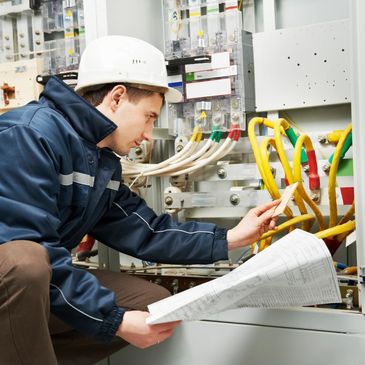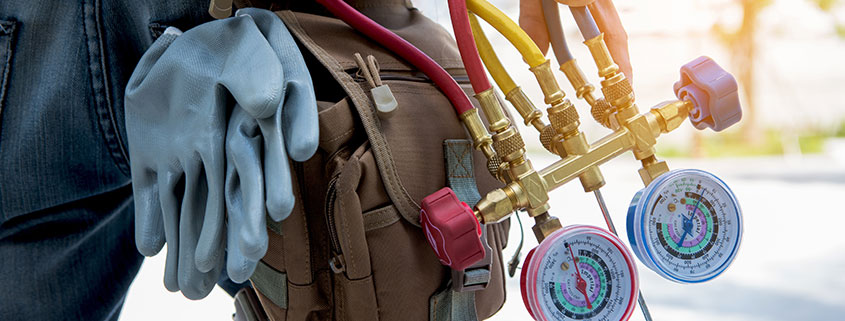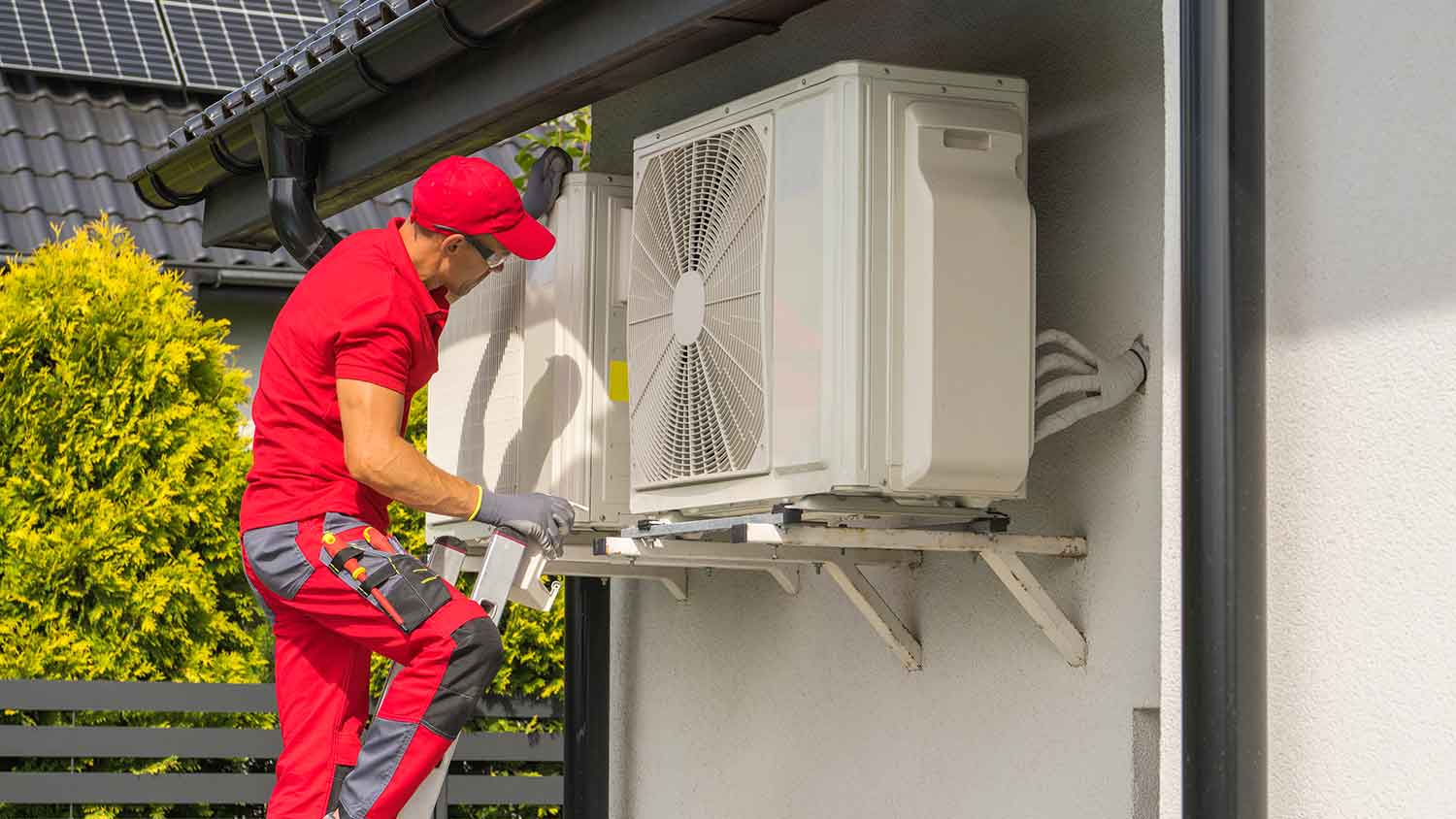The Value of Cooling And Heating Installment: Key Considerations for a Comfy Indoor Setting
The installment of a Cooling and heating system is an essential element in accomplishing an energy-efficient and comfortable indoor atmosphere. Factors such as the viability of the system for specific structure needs, proper sizing to circumvent inadequacies, and the knowledge of professionals for a top quality setup play crucial roles. The fostering of innovative innovations can significantly improve system efficiency.
Choosing the Right System

When choosing a heating and cooling system, it is vital to examine the capability needed to efficiently warm or cool the space without straining the system, which can bring about boosted wear and functional costs. Consulting with a professional HVAC contractor can give beneficial insights right into choosing a system that aligns with both the architectural layout and the expected usage patterns of the building.
Furthermore, thinking about the integration of smart modern technology can improve system management and surveillance, supplying higher control and potential price financial savings. By carefully analyzing these elements, one can ensure the option of an a/c system that not only satisfies immediate needs yet likewise adds to long-lasting operational sustainability and passenger convenience.
Understanding Power Efficiency
Comprehending power effectiveness is vital when considering a Cooling and heating installation, as it straight affects both the ecological footprint and the operational expenses of the system. The effectiveness of a Heating and cooling system is commonly indicated by scores such as SEER (Seasonal Energy Performance Proportion) for air conditioners or AFUE (Annual Fuel Application Effectiveness) for heating systems.

Spending in an energy-efficient HVAC system not only equates to cost financial savings yet likewise contributes positively to environmental preservation by reducing greenhouse gas exhausts. Furthermore, many territories supply motivations or refunds for the installment of high-efficiency systems, additionally enhancing their economic charm.
When reviewing energy effectiveness, think about innovative features such as variable speed motors, wise thermostats, and zoning abilities. These advancements enhance the system's capability to readjust to differing demand, consequently maximizing power usage. It is important to speak with heating and cooling experts who can give understandings right into the very best options tailored to certain climate problems and use patterns, ensuring optimal effectiveness and convenience.
Importance of Proper Sizing

On the other hand, a small a/c system will certainly battle to reach the desired temperature next page level, specifically during severe climate conditions. This can lead to constant operation, bring about greater energy expenses and potential getting too hot of system parts. Furthermore, poor sizing can cause irregular temperature circulation, triggering specific areas of a structure to be also warm or also cool.
To attain the proper sizing, a comprehensive tons calculation is crucial. This includes assessing numerous factors such as the building's square video, insulation levels, home window types, and local environment problems. By accurately identifying the home heating and cooling demands of use this link a room, cooling and heating professionals can suggest systems that guarantee reliable procedure, decreased power consumption, and boosted interior comfort.

Ensuring Quality Installment
A seamless Cooling and heating setup is the keystone of a system's durability and performance. This expert should possess comprehensive knowledge of varied systems and be adept at examining the specific requirements of the structure.
Correct installation exceeds mere placement of tools. It entails accurate calibration to make sure optimum airflow, effective power intake, and uniform temperature distribution. This consists of exact ductwork installation, guaranteeing links are safe and secure and leak-free, which is vital for keeping system performance and interior air quality.
Furthermore, the implementation of sophisticated analysis devices throughout setup can find possible concerns early, protecting against costly repair work and extending the lifespan of the system. The professional ought to likewise make sure that all parts work and that the system abides by local building regulations and laws.
Regular Maintenance Practices
As soon as the foundation for a high-performing HVAC system is established via high quality installment, the focus must shift to routine upkeep practices to make sure ongoing efficiency and integrity. Routine upkeep not just extends the life expectancy of the system yet additionally enhances interior air top quality, reduces energy usage, and prevents costly repair services. Essential upkeep jobs include on a regular basis transforming air filters, cleaning up evaporator and condenser coils, and inspecting the system for leaks or obstructions.
Air filters need to be replaced or cleaned every one to three months, depending upon use and ecological variables. This straightforward task can substantially enhance air circulation and system performance (Commercial HVAC contractor in Brownwood TX). Cleaning the evaporator and condenser coils avoids dirt build-up, which can prevent warmth absorption and air conditioning capability. Furthermore, professional technicians should inspect the system annually, examining for cooling agent levels, electrical links, and total system performance.
Attention to ductwork is likewise crucial; sealing and cleaning up ducts regularly stops air loss and contamination. Carrying out a maintenance timetable guarantees that small problems are resolved before they escalate, guarding the system's operational stability. By adhering to these maintenance techniques, home owners can enhance their heating and cooling system's capability and maintain a comfy interior environment year-round.
Verdict
By picking an ideal system customized to certain building requirements, understanding energy performance, and making certain proper sizing, ineffectiveness can be lessened. The involvement of experienced professionals guarantees top quality installment, while the combination click this link of advanced modern technologies improves system performance and surveillance.
A number of types of Cooling and heating systems are offered, including split systems, crossbreed systems, duct-free systems, and packaged heating and air systems, each with distinctive advantages and limitations.
Recognizing energy performance is vital when considering a HVAC setup, as it straight affects both the ecological footprint and the functional costs of the system. The performance of a Heating and cooling system is typically suggested by rankings such as SEER (Seasonal Energy Effectiveness Ratio) for air conditioners or AFUE (Annual Gas Usage Performance) for furnaces (air conditioning installation Brownwood TX).When the structure for a high-performing Heating and cooling system is developed with top quality installation, the emphasis ought to move to normal maintenance practices to make certain continued effectiveness and integrity. In addition, professional technicians need to check the system annually, checking for refrigerant levels, electrical connections, and overall system efficiency